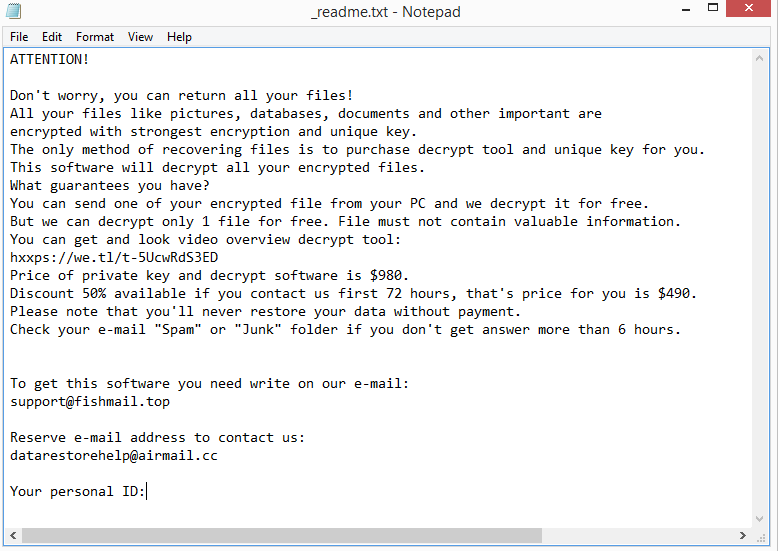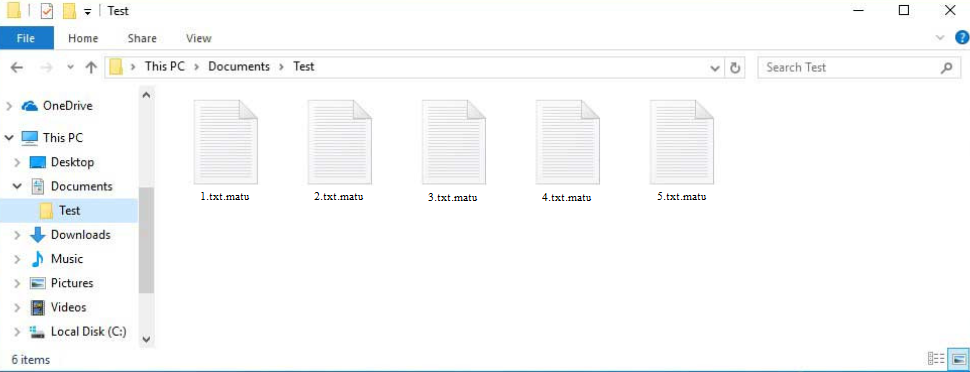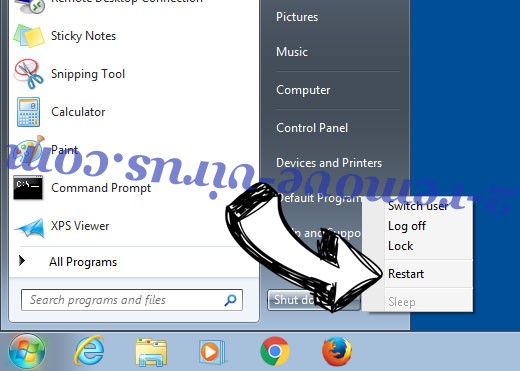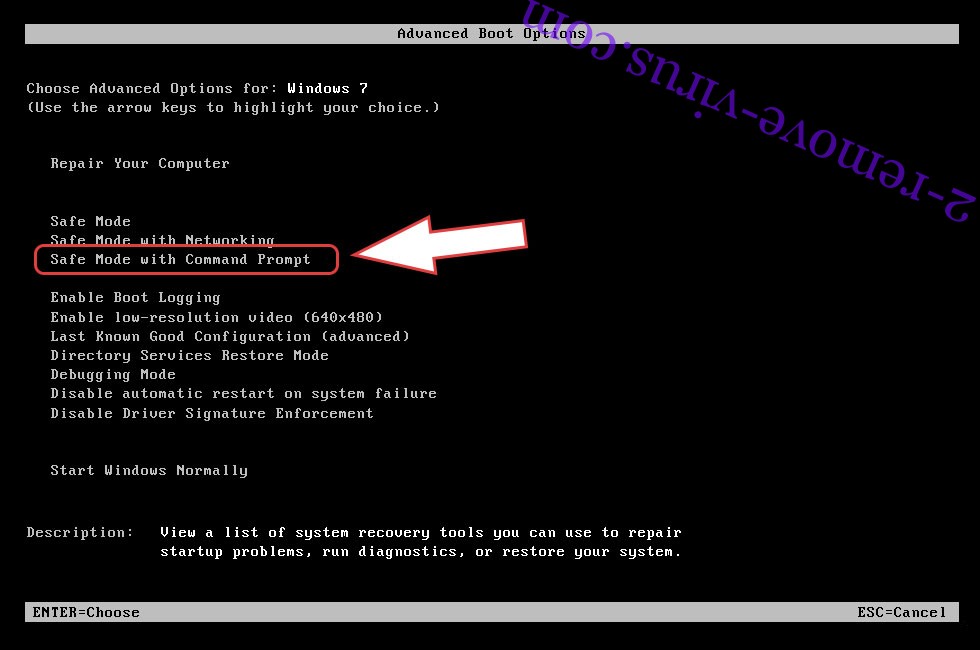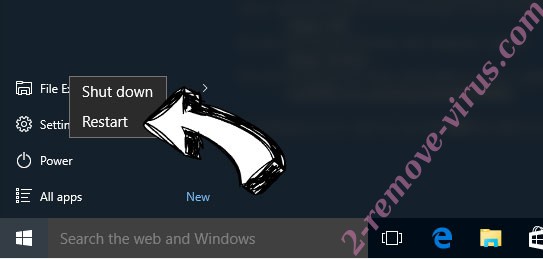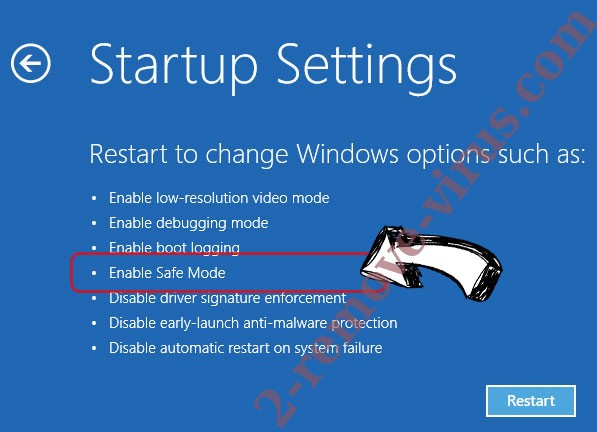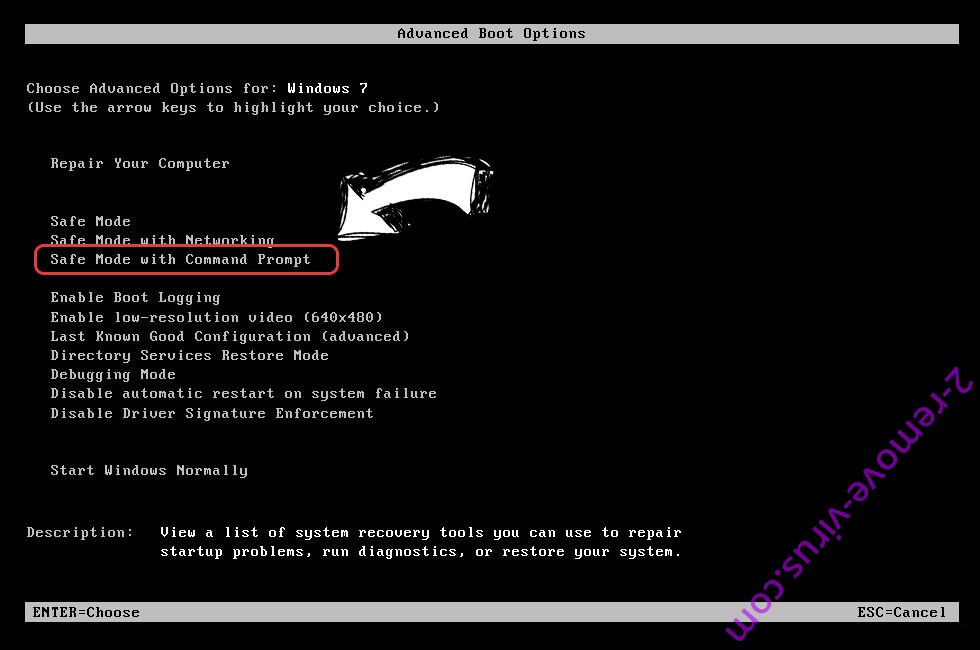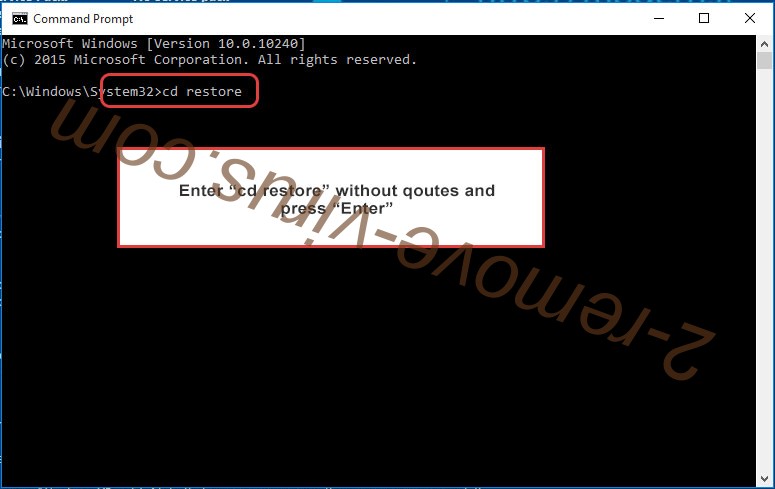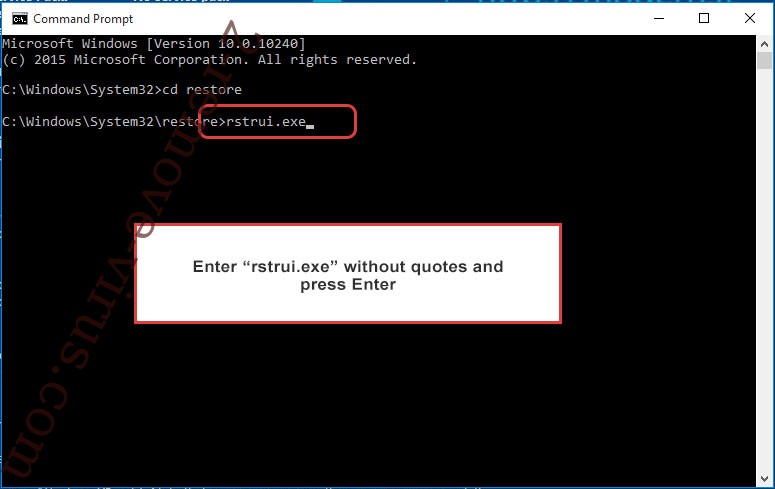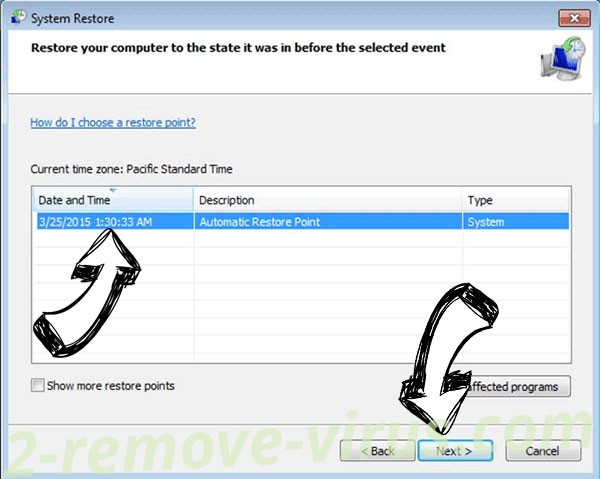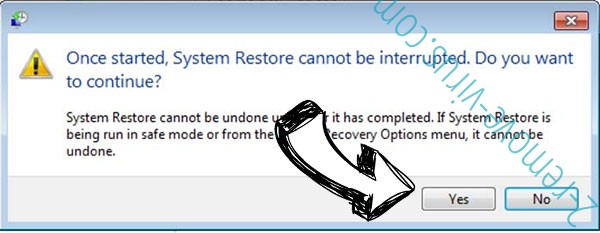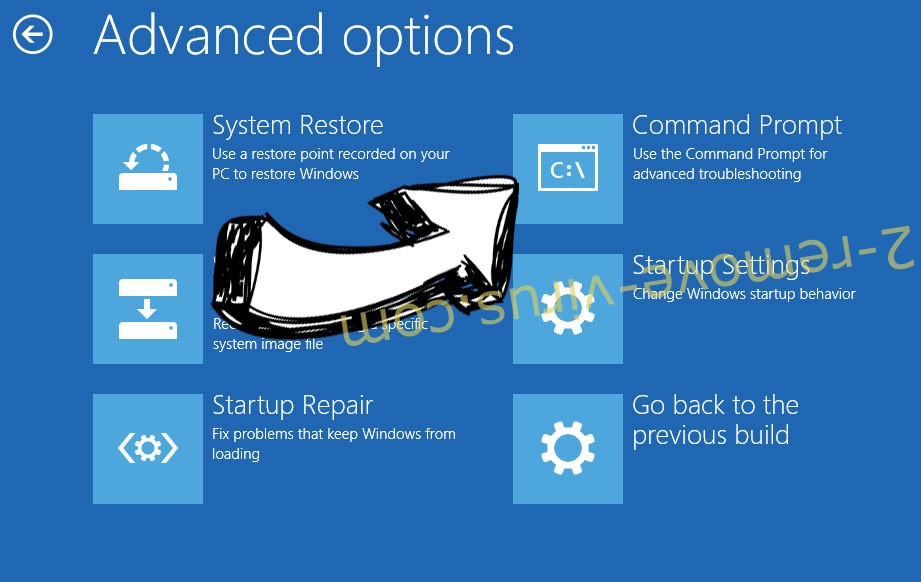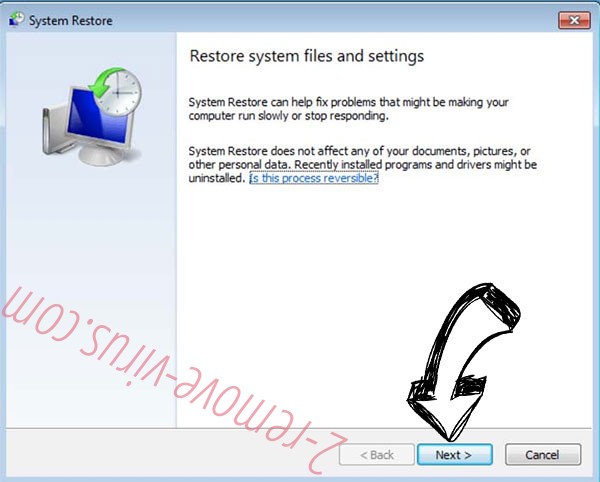Matu ransomware is a file-encrypting malware, one of the most recent Djvu/STOP ransomware versions. The malicious actors operating this malware family release new versions regularly, usually at least one or two every week. Ransomware is one of the most dangerous malware infections because it encrypts personal files. You will be able to recognize all encrypted files by the .matu extension. Once files are encrypted, you will not be able to open them unless you first use a special decryptor on them. Acquiring the decryptor will not be easy because only cybercriminals currently have it. They will not just give it to you, but rather try to sell it to you for $980.
All personal files will be encrypted as soon as the ransomware is launched. Photos, images, videos, documents, and other types of files will all be encrypted and have the extension .matu added to them. An encrypted image.jpg file would become image.jpg.matu, for example. A _readme.txt ransom note will also be dropped by the ransomware in folders containing encrypted files. The note explains how victims can get decryptors to decrypt their files. The decryptor costs $980 normally, but victims who get in touch with the cyber crooks within the first 72 hours are allegedly eligible for a 50% discount. You must decide whether to pay the ransom, but we feel it’s important to warn you about the dangers of engaging with cybercriminals. Most importantly, just because you pay does not guarantee that you will receive a decryptor. There is nothing to force the malware operators to send you the decryptor and they are unlikely to feel compelled to fulfill their end of the bargain. Additionally, the money would be used for future criminal activities.
As soon as you remove Matu ransomware from your computer, you can begin recovering your files from backup if you were regularly backing up your data before the ransomware infection. Ransomware is a pretty complex malware, therefore you need to remove Matu ransomware from your computer using anti-malware software. You can start recovering files from your backup once the ransomware has been completely removed from your computer.
Although it is not available right now, malware researchers may later be able to develop a free Matu ransomware decryptor. However, because this ransomware uses online keys to encrypt files, developing a free decryptor is rather challenging in this particular case. As a result, each victim has a unique key, making it incredibly challenging to create a decryptor that would work for all victims without these keys. However, it’s not unheard of for ransomware operators to release the keys themselves when they decide to close up shop. Back up your encrypted files and wait for a free Matu ransomware decryptor to become available if you have no other choice. When released, the decryptor would appear on NoMoreRansom.
Ransomware distribution methods
The majority of malware that affects common users is spread through email attachments, torrents, advertisements, dubious download sites, etc. Users who engage in risky activities when online are considerably more likely to infect their devices with malware than those who have good browsing habits. It is possible to prevent quite a bit of malware by taking the time to learn how it is distributed and by forming better habits.
It goes without saying that individuals who illegally download copyrighted content are considerably more likely to come across malware infections. Torrents in particular are frequently used to spread malware. Because torrent sites are often poorly monitored, any torrent with malware that is posted may remain up for some time. It is practically a given that a torrent for a well-known movie, TV show, software, or video game will contain malware of some sort. Using torrents to pirate copyrighted content or pirating in general poses a serious risk to your computer and data. Additionally, it is effectively content theft.
Malicious actors frequently use email attachments to spread malware. From various hacker forums, they purchase thousands of leaked email addresses and then spam those addresses with emails that contain malicious attachments. Malware distributors generally disguise the emails to make them look like they were sent by legitimate companies. Malicious actors use often use well-known company names to trick people into dropping their guard. But most of the time, malicious emails are pretty obvious. In particular, spelling and grammar mistakes make malicious emails extremely obvious. It’s pretty clear that something is off when senders claim to be from legitimate businesses and contact you with important matters but the emails are full of grammar/spelling mistakes.
It’s also worth mentioning that the way users are addressed in emails can often give them away. Malicious emails always address users with generic words like “User”, “Customer”, “Member”, etc., while legitimate emails from companies whose services you use will address you by name.
It’s also important to note that if malicious actors have access to specific personal information, their malicious emails may be far more sophisticated. Because of this, we advise against opening any unsolicited email attachments without first running a VirusTotal or anti-malware scan.
How to delete Matu ransomware
If you have a backup, do not access it until you’ve used anti-malware software to remove Matu ransomware from your computer. We advise against attempting to manually delete Matu ransomware because you risk damaging your computer even more. It’s a complicated process that should be left to the professionals. Once the ransomware has been completely eliminated by anti-malware, you can safely access your backup to begin restoring your files.
Users without backups have no choice but to wait for a free Matu ransomware decryptor to be released. There isn’t one available right now, but one might be released in the future. However, you should exercise caution when looking for decryptors because there are a lot of fraudulent decryptors advertised on questionable forums. One of the safest places to get free decryptors is NoMoreRansom.
Matu ransomware is detected as:
- Win32:BotX-gen [Trj] by AVG/Avast
- UDS:Trojan.Win32.Packed.gen by Kaspersky
- GenericRXUW-KT!9595E75FB836 by McAfee
- Trojan:Win32/Raccoon.RC!MTB by Microsoft
- Gen:Heur.Mint.Zard.52 by BitDefender
- A Variant Of Win32/Kryptik.HRXK by ESET
- Delphi.Trojan.Downloader.DDS by Malwarebytes
- ML.Attribute.HighConfidence by Symantec
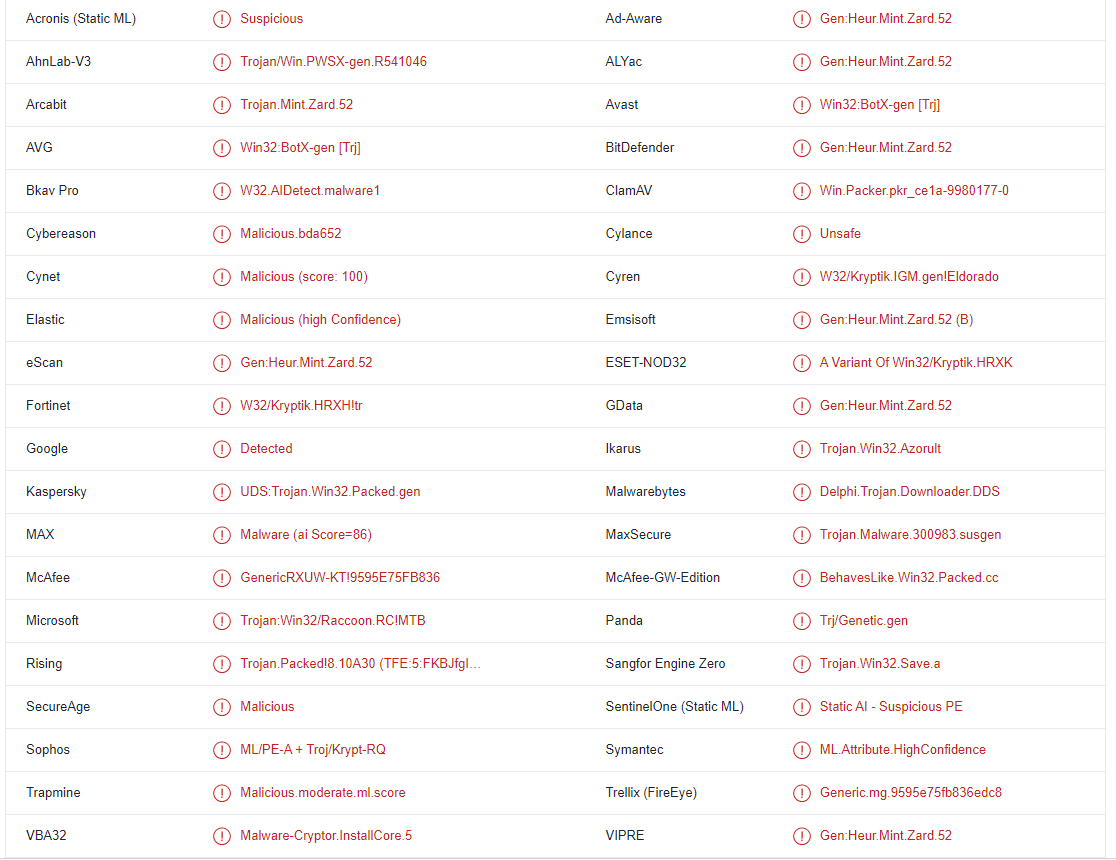
Quick Menu
Step 1. Delete Matu ransomware using Safe Mode with Networking.
Remove Matu ransomware from Windows 7/Windows Vista/Windows XP
- Click on Start and select Shutdown.
- Choose Restart and click OK.

- Start tapping F8 when your PC starts loading.
- Under Advanced Boot Options, choose Safe Mode with Networking.

- Open your browser and download the anti-malware utility.
- Use the utility to remove Matu ransomware
Remove Matu ransomware from Windows 8/Windows 10
- On the Windows login screen, press the Power button.
- Tap and hold Shift and select Restart.

- Go to Troubleshoot → Advanced options → Start Settings.
- Choose Enable Safe Mode or Safe Mode with Networking under Startup Settings.

- Click Restart.
- Open your web browser and download the malware remover.
- Use the software to delete Matu ransomware
Step 2. Restore Your Files using System Restore
Delete Matu ransomware from Windows 7/Windows Vista/Windows XP
- Click Start and choose Shutdown.
- Select Restart and OK

- When your PC starts loading, press F8 repeatedly to open Advanced Boot Options
- Choose Command Prompt from the list.

- Type in cd restore and tap Enter.

- Type in rstrui.exe and press Enter.

- Click Next in the new window and select the restore point prior to the infection.

- Click Next again and click Yes to begin the system restore.

Delete Matu ransomware from Windows 8/Windows 10
- Click the Power button on the Windows login screen.
- Press and hold Shift and click Restart.

- Choose Troubleshoot and go to Advanced options.
- Select Command Prompt and click Restart.

- In Command Prompt, input cd restore and tap Enter.

- Type in rstrui.exe and tap Enter again.

- Click Next in the new System Restore window.

- Choose the restore point prior to the infection.

- Click Next and then click Yes to restore your system.

Offers
Download Removal Toolto scan for Matu ransomwareUse our recommended removal tool to scan for Matu ransomware. Trial version of provides detection of computer threats like Matu ransomware and assists in its removal for FREE. You can delete detected registry entries, files and processes yourself or purchase a full version.
More information about SpyWarrior and Uninstall Instructions. Please review SpyWarrior EULA and Privacy Policy. SpyWarrior scanner is free. If it detects a malware, purchase its full version to remove it.

WiperSoft Review Details WiperSoft (www.wipersoft.com) is a security tool that provides real-time security from potential threats. Nowadays, many users tend to download free software from the Intern ...
Download|more


Is MacKeeper a virus? MacKeeper is not a virus, nor is it a scam. While there are various opinions about the program on the Internet, a lot of the people who so notoriously hate the program have neve ...
Download|more


While the creators of MalwareBytes anti-malware have not been in this business for long time, they make up for it with their enthusiastic approach. Statistic from such websites like CNET shows that th ...
Download|more
Site Disclaimer
2-remove-virus.com is not sponsored, owned, affiliated, or linked to malware developers or distributors that are referenced in this article. The article does not promote or endorse any type of malware. We aim at providing useful information that will help computer users to detect and eliminate the unwanted malicious programs from their computers. This can be done manually by following the instructions presented in the article or automatically by implementing the suggested anti-malware tools.
The article is only meant to be used for educational purposes. If you follow the instructions given in the article, you agree to be contracted by the disclaimer. We do not guarantee that the artcile will present you with a solution that removes the malign threats completely. Malware changes constantly, which is why, in some cases, it may be difficult to clean the computer fully by using only the manual removal instructions.
